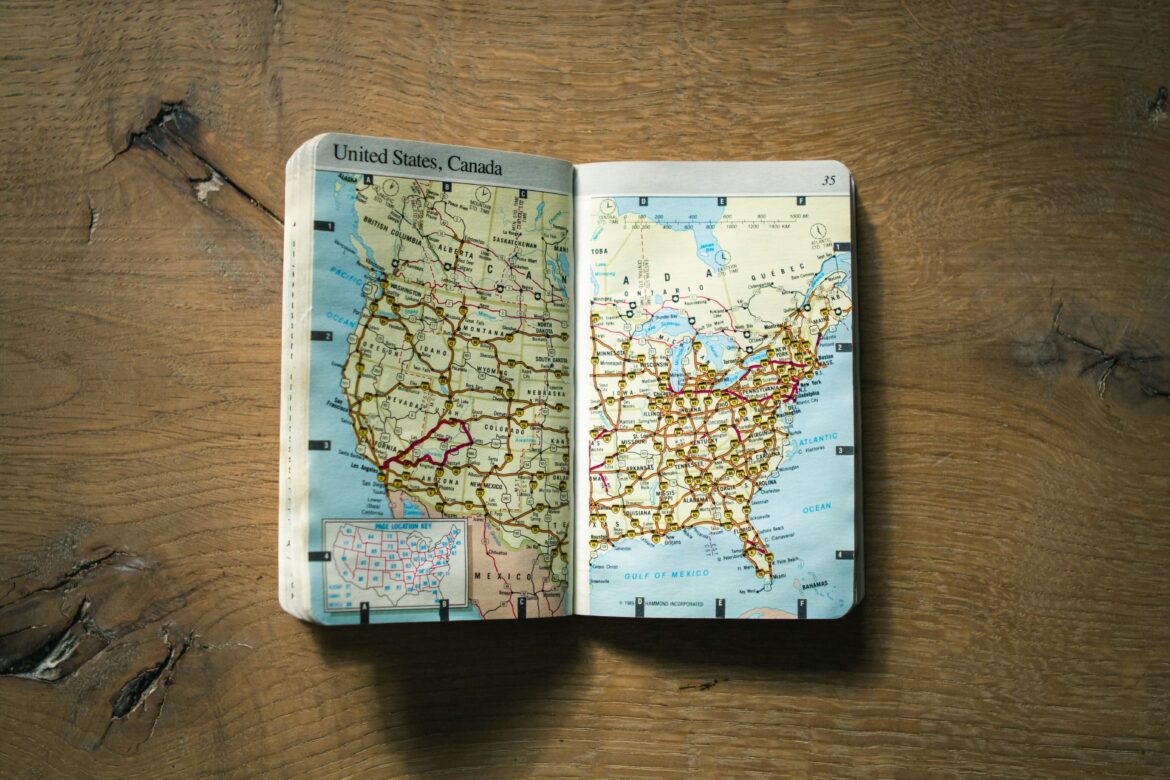As an ardent advocate for off-grid living and a homesteader at heart, I’ve embarked on a journey to find the perfect slice of heaven where I can nurture my self-sufficient dreams. Over the years, I’ve crisscrossed the country, exploring different states, and have discovered that each one offers a unique blend of advantages and disadvantages for those looking to homestead. In this blog post, I’ll take you through some of the best states for homesteading, sharing my personal insights into what makes each place special, as well as the challenges you might encounter along the way.
1. Alaska: The Last Frontier
Advantages:
- Vast, untouched wilderness with abundant natural resources.
- Freedom to live off the land and pursue a truly self-sufficient lifestyle.
- Stunning landscapes and wildlife that constantly inspire.
- Relatively low population density, providing ample privacy.
Disadvantages:
- Extreme climate with harsh winters and long, dark nights.
- Limited growing season in many regions.
- High costs associated with remote living and transportation.
Alaska, often called “The Last Frontier,” is a dream come true for homesteaders seeking solitude and self-reliance. The breathtaking wilderness and untouched landscapes are awe-inspiring. However, the extreme climate and isolation can pose significant challenges, making it essential to be well-prepared for the Alaskan adventure.
2. Vermont: The Green Mountain State
Advantages:
- Lush forests and fertile valleys for sustainable farming.
- Strong sense of community and support for local agriculture.
- Four distinct seasons, allowing for diverse crop cultivation.
- Access to clean water sources and a commitment to environmental conservation.
Disadvantages:
- Cold winters can be challenging for those new to the region.
- High property prices in certain desirable areas.
- Limited job opportunities, especially in remote regions.
Vermont, often referred to as “The Green Mountain State,” is a haven for homesteaders who appreciate the beauty of changing seasons and a close-knit community. However, its cold winters can be daunting for newcomers, and property costs may be prohibitive in some sought-after locations.
3. Montana: The Big Sky Country
Advantages:
- Abundant open spaces and stunning mountain landscapes.
- Low population density and freedom to live off the land.
- Favorable tax policies for agriculture and homesteading.
- Rich cultural heritage of self-sufficiency.
Disadvantages:
- Harsh winters with frigid temperatures.
- Limited access to healthcare and amenities in rural areas.
- Drought and wildfires can be prevalent concerns.
Montana, often referred to as “The Big Sky Country,” offers the freedom to homestead in vast open spaces. The state’s tax policies and cultural history make it welcoming to self-sufficiency enthusiasts. However, the challenging winters and isolation might not be for everyone.
4. North Carolina: The Tar Heel State
Advantages:
- Mild climate with a long growing season.
- Diverse ecosystems, from mountains to coastal plains.
- Strong agricultural traditions and support for local farmers.
- Access to amenities and healthcare in both rural and urban areas.
Disadvantages:
- Increasing property prices, especially in desirable regions.
- Humidity and occasional hurricanes in coastal areas.
- Population growth leading to potential development pressures.
North Carolina, often known as “The Tar Heel State,” boasts a welcoming climate for year-round cultivation and a thriving homesteading community. Access to healthcare and amenities makes it an attractive choice. However, property prices are on the rise, and coastal areas can be vulnerable to weather events.
5. Idaho: The Gem State
Advantages:
- Varied landscapes, from mountains to fertile valleys.
- Low population density and affordable land options.
- Supportive community of homesteaders and local farmers.
- Abundance of freshwater sources and outdoor recreational opportunities.
Disadvantages:
- Harsh winters in some regions.
- Limited job opportunities in rural areas.
- Concerns about water rights and competition for resources.
Idaho, often referred to as “The Gem State,” offers a diverse range of landscapes and affordable land options. The supportive homesteading community and access to freshwater sources are major perks. However, harsh winters can be a challenge, and job opportunities in remote areas may be limited.
6. Texas: The Lone Star State
Advantages:
- Vast expanses of land with diverse ecosystems.
- Favorable property prices and low taxes.
- A culture of self-reliance and independence.
- Varied climates allow for different homesteading options.
Disadvantages:
- Heat and drought in certain regions.
- Limited access to water in some areas.
- Rapid urbanization and development pressures in certain regions.
Texas, known as “The Lone Star State,” offers wide-open spaces and affordability, making it an attractive option for homesteaders. The state’s varied climates and independent spirit are appealing. However, water scarcity and rapid development in some areas can pose challenges.
In conclusion, each of these states offers a unique blend of advantages and disadvantages for homesteaders. The key to finding your homesteading paradise is to align your preferences, skills, and resources with the specific characteristics of the region you choose. Remember that the journey of homesteading is as much about personal growth and adaptation as it is about tending to the land. So, explore these states, learn from the experiences of fellow homesteaders, and embrace the challenges as opportunities for growth on your path to off-grid living.

